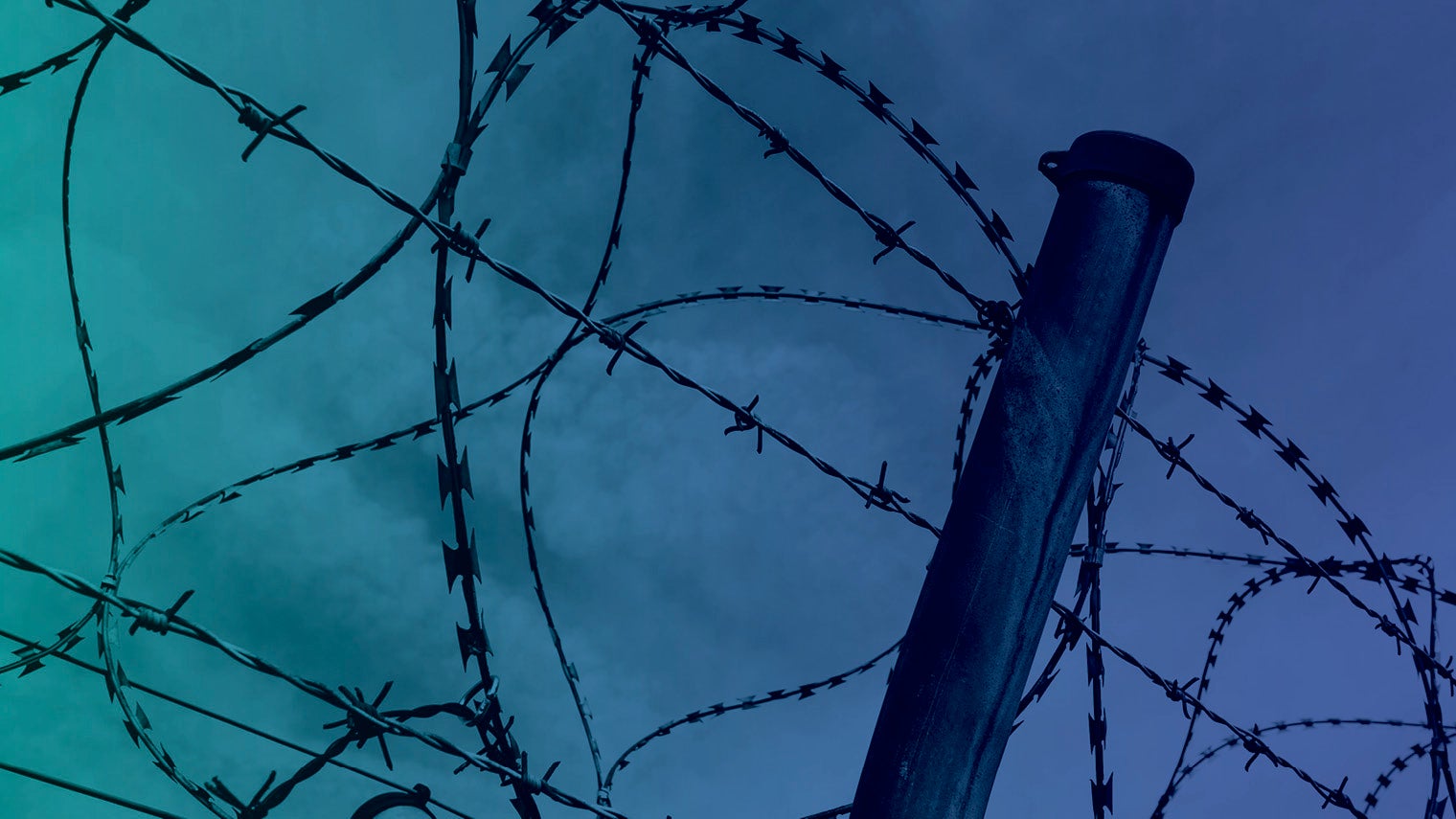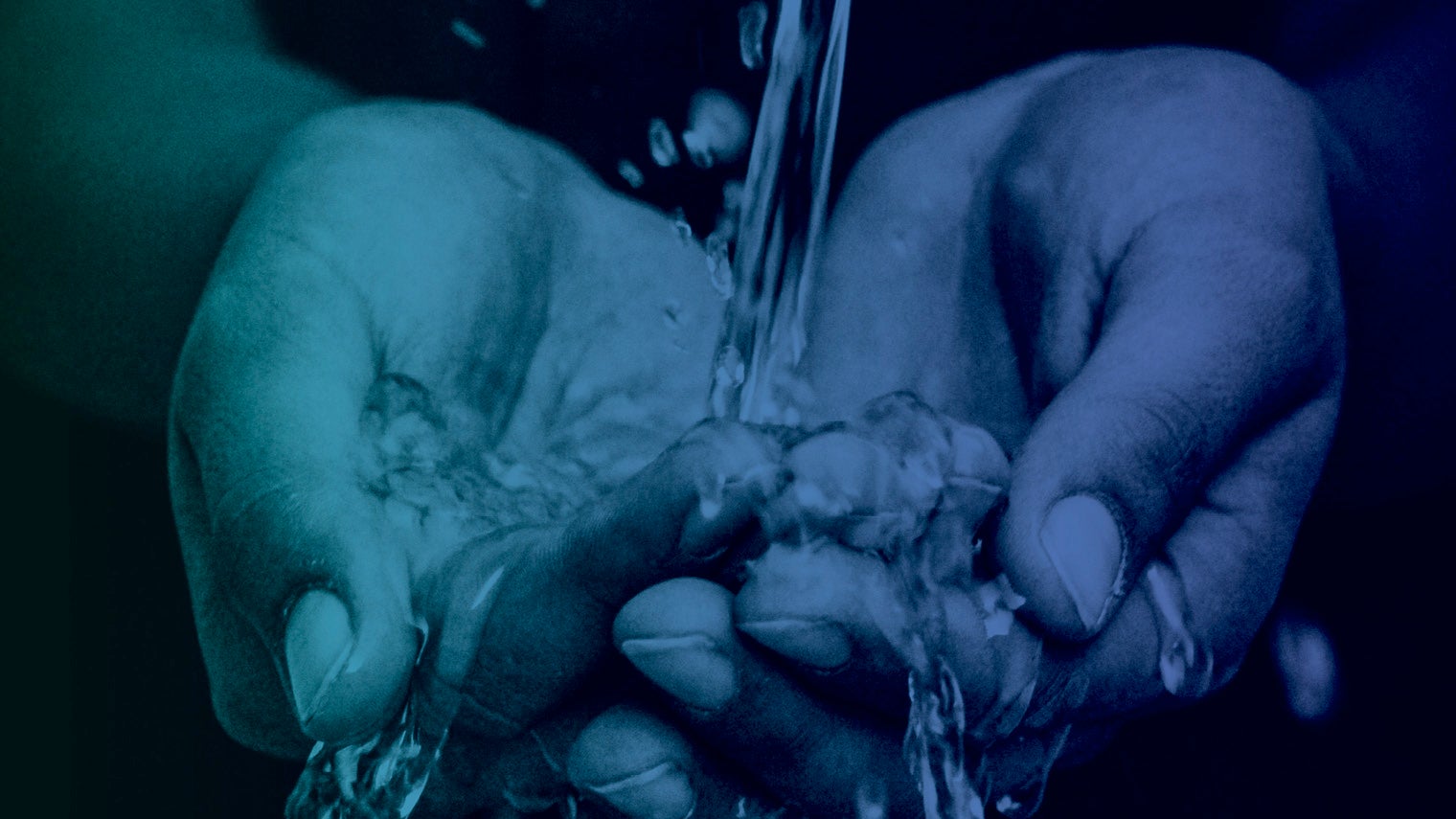The explosion of artificial intelligence (AI) is not just a boon for business. It is also helping solve some of the world’s biggest social problems, from reducing crime to eradicating disease and tackling climate change.
The amount of available data and technology that can process it intelligently has snowballed as the internet has increasingly integrated with our lives through tablets, phones and wearables. The advent of the internet of things – the extension of internet connectivity into everyday objects – has taken this even further.
These advances have enabled a wide range of bodies, including companies, governments and non-governmental organisations, to start working together to use AI for social good and has already produced some groundbreaking results in vital areas. And some of the most powerful organisations in the world, such as the US government, Google, Microsoft and Facebook, have all deployed AI for positive social initiatives.
-
Zika crisis
BM Research’s Science for Social Good initiative has, among many other things, produced a project that helps stop the spread of the deadly Zika virus. The initiative, run in collaboration with the Cary Institute, uses machine-learning techniques to identify surveillance priorities in the battle against the virus.
By analysing data on viruses and the primates that carry them, then comparing these traits to 364 primate species around the world, the model identifies known carriers with 82 per cent accuracy and assigns risk scores to other likely Zika carriers. It then produces an interactive map showing where people are most at risk.
Despite the huge advances in technology, Saska Mojsilovic, head of AI foundations at IBM Research, says initiatives like these come with big challenges.
“Society doesn’t have enough of the right mechanisms to invest in such development,” she says. “We typically invest in revenue-generating applications of AI rather than these less comfortable social issues.
“Any such initiative needs three things: to understand the problem, to find funding and to find the skills to develop it. Companies are often best placed to co-ordinate this because they can have control of all three. However, with humanitarian work, the knowledge of the problem is with people working on the frontline. We don’t yet have good mechanisms to join these two together or with funding institutions such as governments or big foundations.
“Another mistake is to think the technology will perform miracles. Every technology is just one piece of a bigger equation. So it’s important to study the solutions in the context of end-users.”

-
Countering crime
AI is also being used to protect the public against crime, including terrorist attacks. For example, Carnegie Mellon University has been working with the US coastguard to use AI in protecting the Staten Island Ferry, which carries more than 60,000 passengers a day, against potential attacks.
Fei Fang, assistant professor at the university’s Institute for Software Research, says: “We have proposed a branch of AI called game theory that helps solve security problems. This helps the coastguard by suggesting randomly changing patrol routes to improve overall protection. We used a similar paradigm for tiger conservation in Southeast Asia, and to help rangers protect wildlife and reduce poaching in Uganda. The result in those was more snares being found.”
Dr Fang says one of the biggest limitations of any AI project is that humans must ultimately use and interpret the data.
“AI can’t replace human work in many cases,” she says. “We suggested patrol routes for the rangers, but the rangers do the job and still have to use their expertise to identify the snares.
“It can be hard for academics and government or NGOs to understand each other’s language, what is important in their field and what AI is capable of. It needs education both ways.”

-
Emergency information
Google’s AI for Social Good initiative aims to support and fund ideas on how AI can help address the world’s biggest societal problems.
One development with a high impact has been Google’s Public Alerts and SOS Alerts, which use AI to make emergency information more accessible. Since its launch in 2017, the scheme has activated more than 200 SOS alerts and tens of thousands of public alerts, which have been viewed more than 1.5 billion times.
Google also has a major project to help predict flooding. Every year, floods affect an estimated 250 million people around the world and cost billions of pounds in damages. Google is using AI with a wide range of data to create better models that predict when and where floods will occur, then incorporating that information into public alerts. The first alert went out in India in September 2018. Google is also building similar initiatives for predicting earthquakes and wildfires.
A Google spokesperson says these initiatives create wide-ranging challenges and risks. To help mitigate them, it has set guidelines that AI should be socially beneficial, avoid creating or reinforcing unfair bias, built and tested for safety, accountable to people, incorporate privacy design, uphold standards of scientific excellence, and made available for the right uses.
“Also, our AI applications will not pursue weapons, technologies that cause overall harm, technologies that use surveillance violating internationally accepted norms, or those that contravene international law and human rights,” Google says.

-
Access to services
Palladium is an Australian group that helps clients in 90 countries link commercial goals with social impact, including through technology such as AI, data networks and modelling. Cassian Drew, managing partner for the group’s Asia-Pacific unit, says AI will become increasingly mainstream, enabling ordinary people around the world to use it for social good, including in developing nations.
“There has already been a major shift in how AI is used,” he says. “For example, people are now more willing to participate in studies involving wearable technology, in developed and developing countries, providing accurate insights and real-time data into how we lead our lives.
“For instance, we already see more international development teams using AI to design water distribution networks. A good example is the non-profit organisation Global Water Challenge, which uses AI and predictive analytics to solve problems associated with developing water services in rural communities.”
The challenge in many developing countries is that there is less useful data and it is not necessarily digitised or centralised, says Mr Drew.
“But there are hundreds of potential applications,” he adds. “AI for social good is still in its infancy.”
Ms Mojsilovic at IBM Research agrees: “Many NGOs and government agencies are not yet using the power of AI in the same way as commercial companies. In the next ten years there will be more effort devoted to AI for social good,” she says.
“I hope that using AI to address areas such as hunger, disease and poverty will make us better humans. It comes down to what we choose to design and invest in; the technology will exist, but the choice is ours.”
Zika crisis

Countering crime

